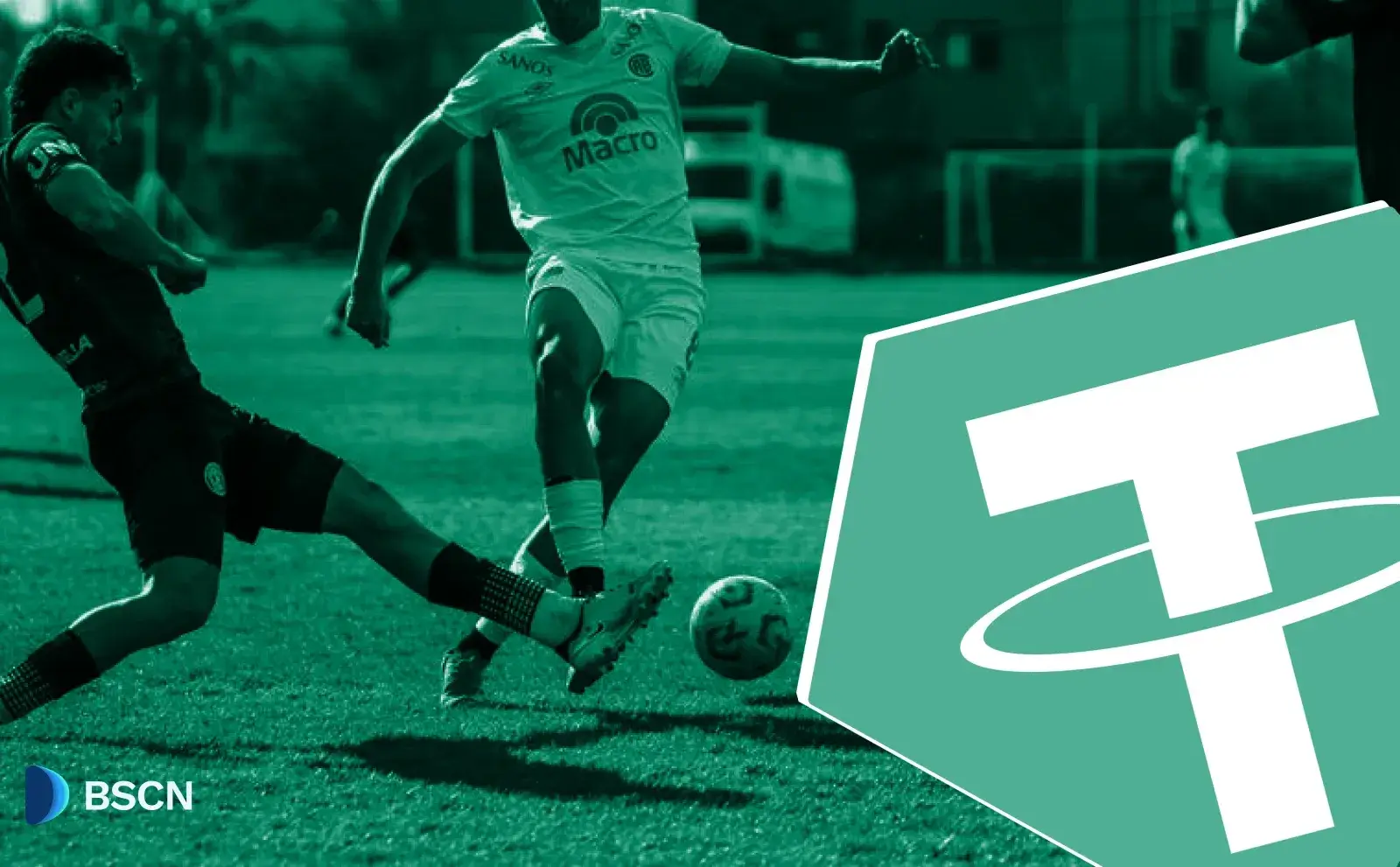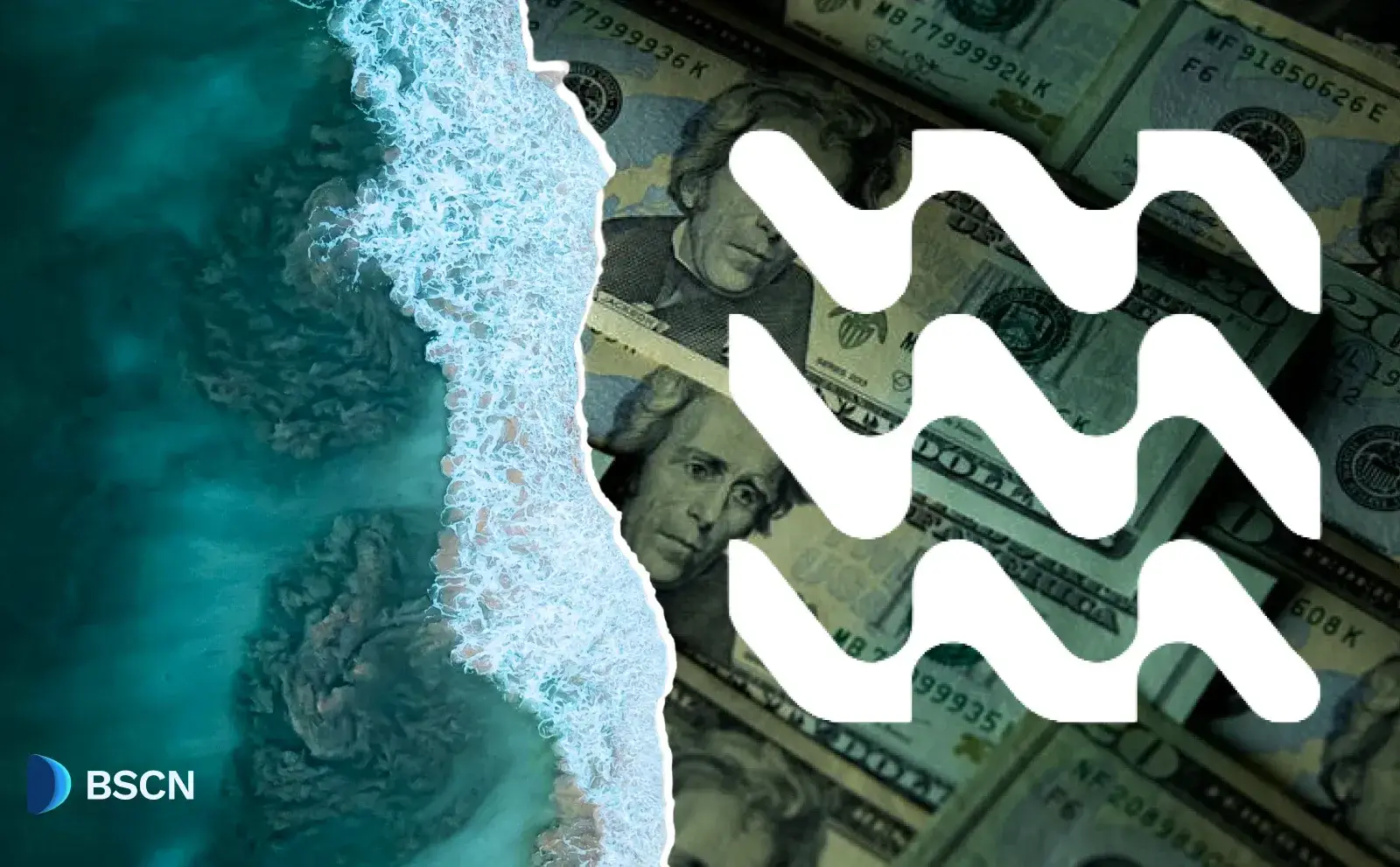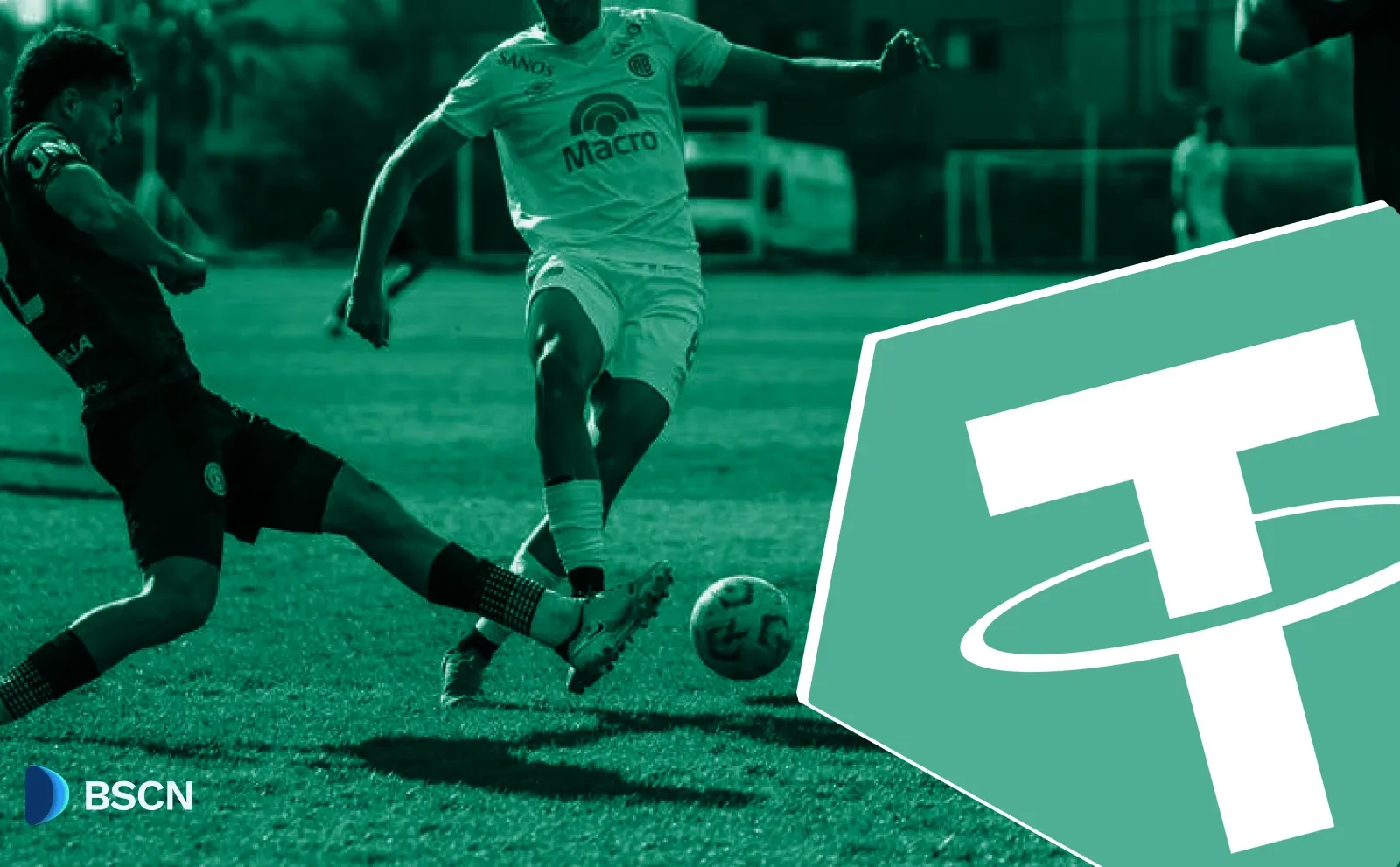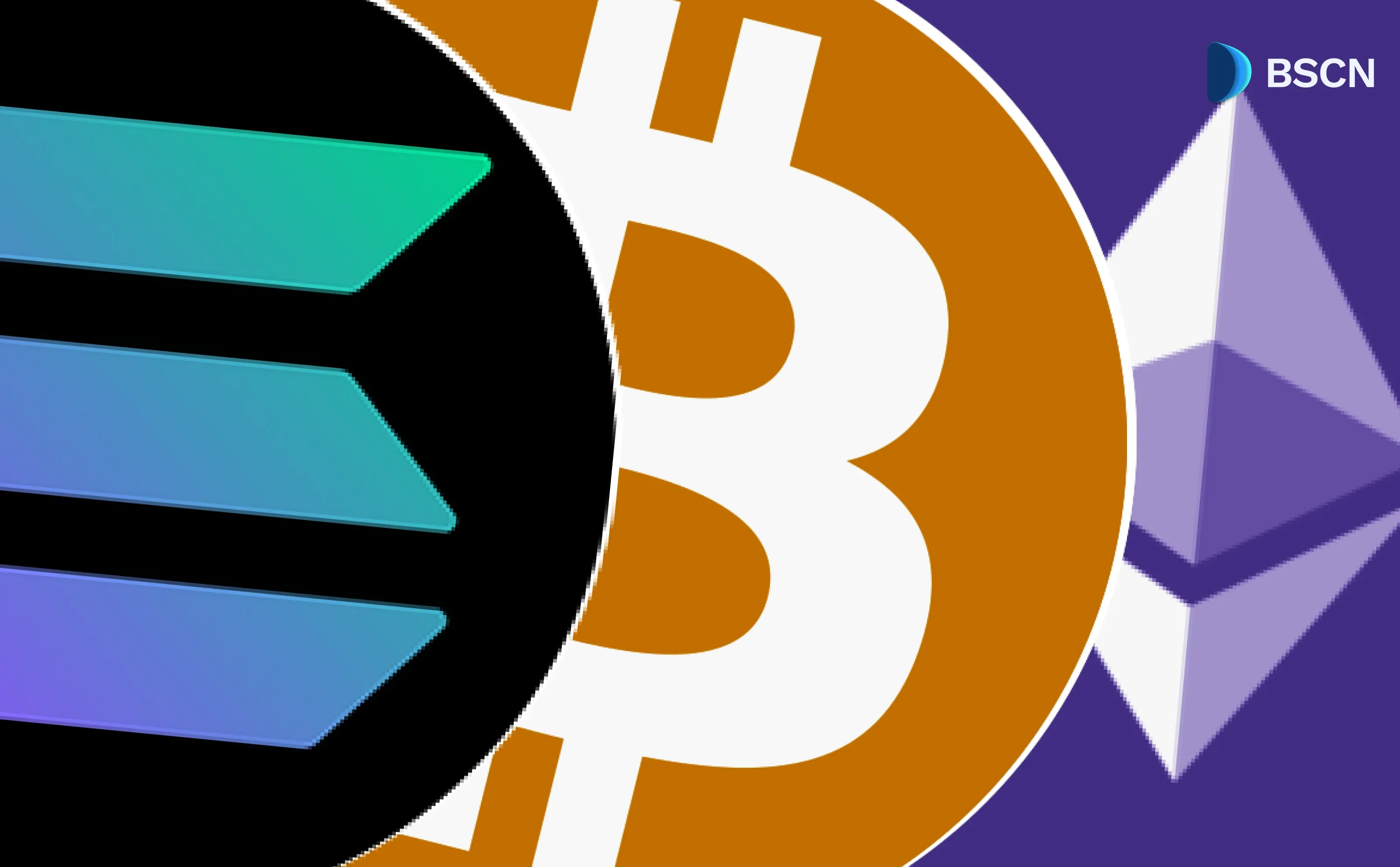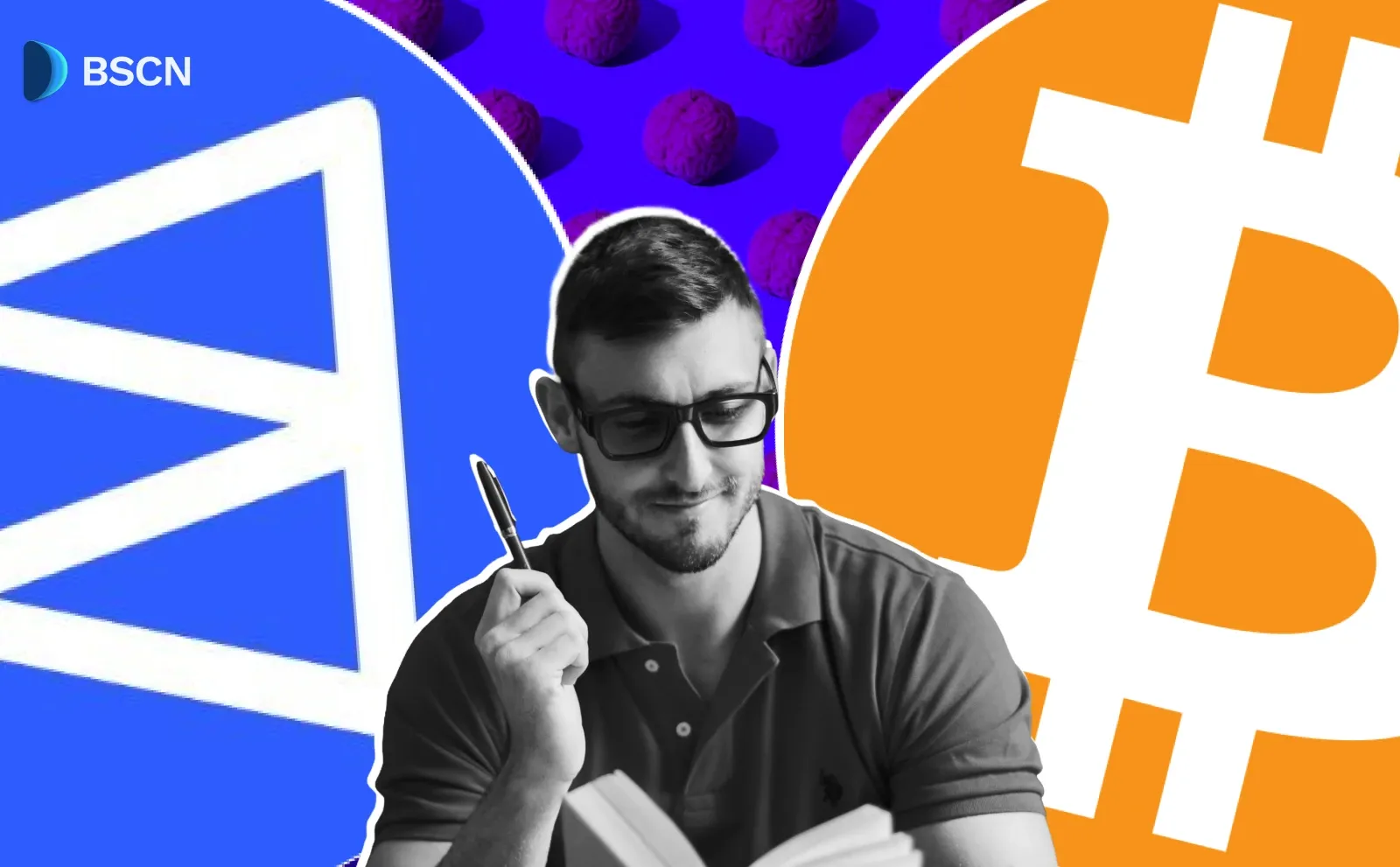News
(Advertisement)
What is Chainlink Payment Abstraction?
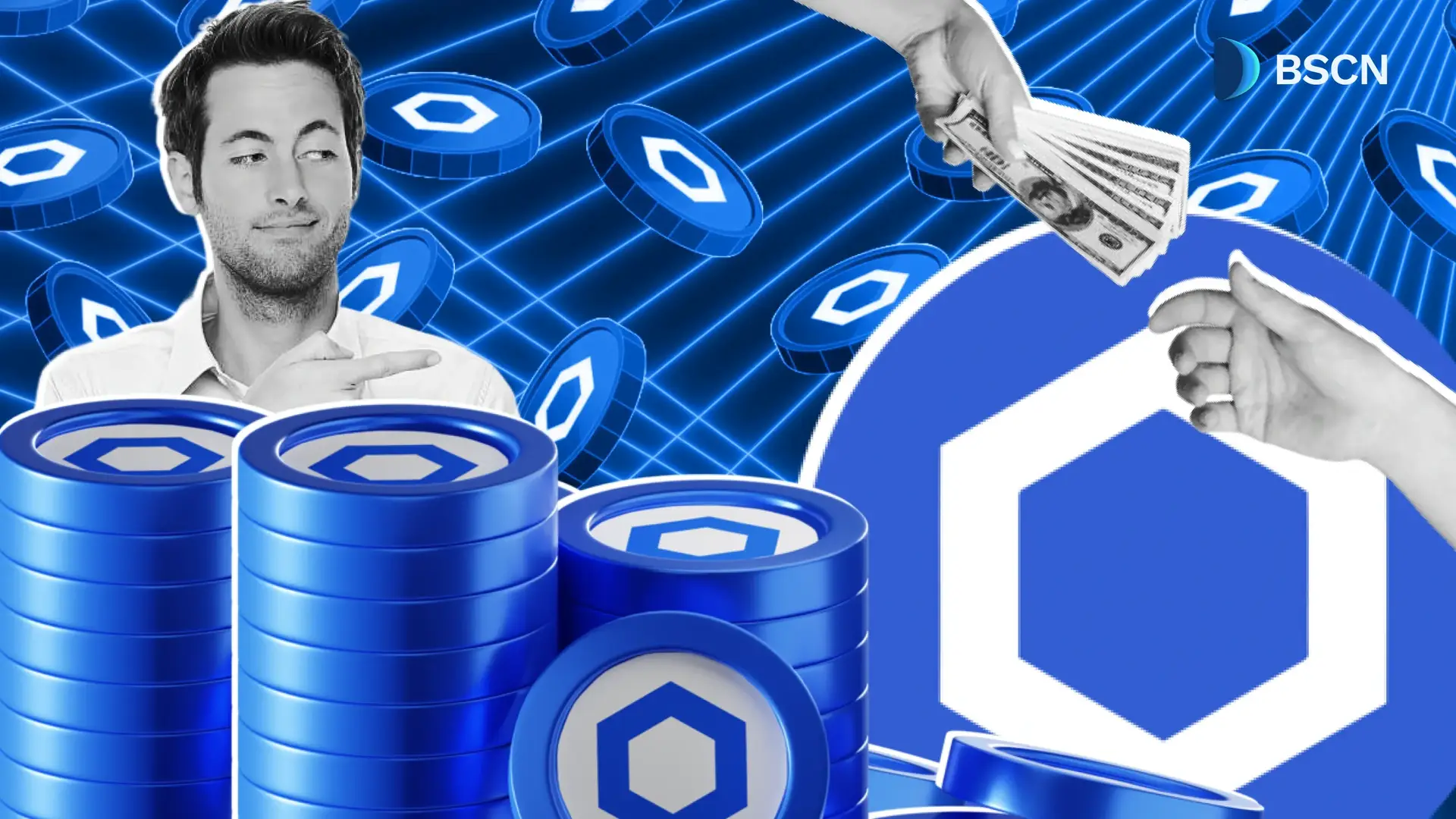
The new system allows users to pay for services in various tokens, automatically converting to LINK.
Soumen Datta
April 1, 2025
(Advertisement)
Table of Contents
Chainlink, a decentralized oracle network that provides reliable tamper-proof data for smart contracts, has recently launched Payment Abstraction. This system, now live on the Ethereum mainnet, aims to streamline payments for Chainlink services and enhance the user experience.
In this article, we’ll break down what Chainlink Payment Abstraction is, how it works, its first application with Chainlink Smart Value Recapture (SVR).
What is Payment Abstraction?
Chainlink Payment Abstraction is a system that enables users to pay for Chainlink services using various digital assets, such as gas tokens and stablecoins. This payment method is designed to reduce friction, simplifying the payment process for users by automatically converting their tokens into LINK, the native token of the Chainlink network.
Through a combination of Chainlink Automation, Price Feeds, Cross-Chain Interoperability Protocol (CCIP), and decentralized exchanges like Uniswap, the system facilitates seamless transactions without requiring manual conversions. This innovation is a step forward in making Chainlink services more user-friendly and accessible to a broader audience.
How Does Chainlink Payment Abstraction Work?
Payment Abstraction operates through a multi-step process that efficiently converts user payments into LINK tokens. Here’s a closer look at how it functions:
- Users Pay with Different Tokens
Initially, users can pay for Chainlink services using a variety of assets, including gas tokens and stablecoins. These tokens are selected for their security and liquidity, ensuring smooth conversion to LINK. The first supported asset is Ethereum (ETH), including its wrapped version (WETH), thanks to its liquidity profile. - Consolidating Tokens on a Single Blockchain
Once the payment is made, the tokens are consolidated onto a single blockchain, typically Ethereum, using CCIP. This step streamlines the process, allowing Chainlink to handle fees in a cost-effective manner while optimizing liquidity. - Converting to LINK Using Automation and DEXs
Once the tokens are consolidated, they are automatically converted into LINK using Chainlink Automation, Price Feeds, and a decentralized exchange (DEX), such as Uniswap V3. This ensures that the conversion process is secure and seamless, with Chainlink Price Feeds providing accurate real-time data on token prices. - Distributing LINK Tokens to Providers
After conversion, the LINK tokens are sent to a dedicated smart contract, where they are allocated to Chainlink Network service providers. These service providers include node operators and stakers, who are essential for maintaining the security and functionality of the Chainlink network.
The First Use Case: Chainlink Smart Value Recapture (SVR)
One of the first practical applications of Payment Abstraction is within Chainlink Smart Value Recapture (SVR). This solution allows decentralized finance (DeFi) applications to recapture non-toxic Maximal Extractable Value (MEV) generated from their use of Chainlink Data Feeds.
Aave, a leading DeFi protocol, is the first to integrate Chainlink SVR. As part of this integration, Aave receives a portion of the liquidation MEV generated on the platform, which is split between the Aave community and Chainlink ecosystem. Aave currently enjoys a 6-month discounted fee split, with 65% of the fees going to the Aave community and 35% allocated to the Chainlink ecosystem.
The Role of Chainlink Staking in Payment Abstraction
Chainlink Payment Abstraction also plays a key role in the broader strategy of Chainlink Economics, particularly when it comes to staking.
Initially, the fees collected from SVR will be used to cover existing oracle rewards for node operators. However, once Chainlink Staking secures the node set for SVR services, these fees will be transitioned to LINK stakers.
This change will mark a significant shift in how rewards are distributed within the Chainlink ecosystem, further strengthening LINK’s position as a Universal Gas Token.
Simplifying Node Operator Rewards
Chainlink’s move to streamline the reward system is another major benefit of Payment Abstraction. Currently, node operators may accrue rewards across multiple blockchains, but Payment Abstraction consolidates these rewards onto a single blockchain—Ethereum.
According to the Chainlink team, this consolidation will save time and reduce transaction costs for node operators, creating a more efficient process for everyone involved in the Chainlink network.
A More Sustainable Chainlink Network
The overarching goal of Chainlink Payment Abstraction is to enhance the economic sustainability of the Chainlink network. By simplifying the payment process and making it easier for users to pay in different assets, the system aims to increase the adoption of Chainlink services. This increased demand will, in turn, can drive the long-term value of LINK, reinforcing its role as the go-to token for decentralized oracle services.
Moreover, as Payment Abstraction progresses, Chainlink plans to integrate additional features such as Build tokens, which will be available for claim by Chainlink ecosystem participants, including stakers. These tokens will serve as further incentives for network participants, ensuring continued growth and development within the Chainlink ecosystem.
While Payment Abstraction is currently being used for Chainlink SVR, Chainlink plans to expand its use to other services in the future. In addition, Chainlink is working on consolidating node operator rewards across more than 40 blockchains onto Ethereum. This move aims to reduce complexity and improve operational efficiency, benefitting both node operators and users of Chainlink services.
Read Next...
Disclaimer
Disclaimer: The views expressed in this article do not necessarily represent the views of BSCN. The information provided in this article is for educational and entertainment purposes only and should not be construed as investment advice, or advice of any kind. BSCN assumes no responsibility for any investment decisions made based on the information provided in this article. If you believe that the article should be amended, please reach out to the BSCN team by emailing [email protected].
Author
 Soumen Datta
Soumen DattaSoumen has been a crypto researcher since 2020 and holds a master’s in Physics. His writing and research has been published by publications such as CryptoSlate and DailyCoin, as well as BSCN. His areas of focus include Bitcoin, DeFi, and high-potential altcoins like Ethereum, Solana, XRP, and Chainlink. He combines analytical depth with journalistic clarity to deliver insights for both newcomers and seasoned crypto readers.
(Advertisement)
Latest News
(Advertisement)
Crypto Project & Token Reviews
Project & Token Reviews
Comprehensive reviews of crypto's most interesting projects and assets
Learn about the hottest projects & tokens
Latest Crypto News
Get up to date with the latest crypto news stories and events

